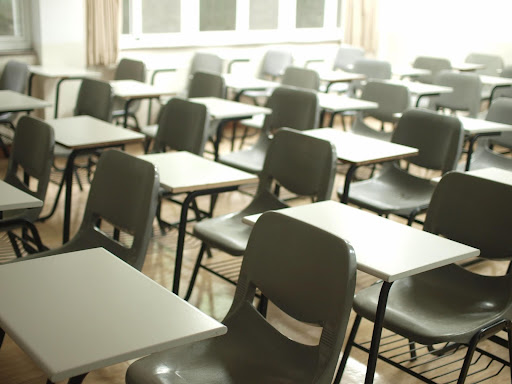
As the school year comes to a close, many high school students are focusing on achieving a good Scholastic Aptitude Test (SAT) score. Since the SAT is a nationwide test used as a measure of comparing the education quality a student received in high school, it’s the most common way of standardizing educational scores across schools.
Getting a good SAT score can effectively improve a student’s chances of getting admitted into the college of his choice by boosting an argumentative essay and the whole admission application process. This serves as further proof that SAT scores are one of the earliest ways of determining the future careers available to a young adult.
Why the Scholastic Aptitude Test?
The SAT is used to measure student against student, regardless of what school they might have attended or how many states funding their school might have received. This prevents students from gaining unfair advantages just by having gone to a well-funded school, and it also serves to give great students a bolstered admissions application, regardless of their grades or socio-economic status.
Quality of education varies not only between classrooms and teachers but also between schools, and sometimes statewide economic trends also seem to play an influence on the quality of education a student might receive. A teacher might determine the quality of education in her particular classroom, but without state funding and support from the staff and students, even a great teacher will have a hard time delivering a high-quality educational experience for her students.
Some students also excel in school but, for whatever reason, haven’t achieved the grades they might otherwise deserve. Sometimes it’s due to family problems or social issues, which are common in the early teenage years. It’s not uncommon for some issues to interrupt a student’s education and negatively impact that student’s grade point average (GPA). The SAT is another independent measure of a student’s aptitude, based on something other than the student’s historical performance in school.
How to Take the SAT
Most high schools will schedule the SAT to be taken at the end of the year, in time for the scores to be sent to prospective colleges the student might be interested in attending. For those students who don’t have a high school with a regularly scheduled SAT or who missed it when it was offered, there are other options available.
It’s often possible to take the SAT at a local community college or even university. It’s a good idea to check with local colleges if one wants to find available times to take the SAT. Community colleges and universities will probably charge a fee ranging from $50 to $100 to take the test, so if the student’s high school offers it, it’s best for him to take it there for free.
Ensure a Good SAT Score
Since the SAT is supposed to be an aptitude test, it’s meant to cover one’s ability to retain information and problem-solve and not necessarily focus too much on any one topic. A student will need to have a basic vocabulary and a basic understanding of math. If one excels in these topics, it will be a great benefit when it comes time to take the SAT.
Some businesses offer assistance in preparation for the SAT and if the student is not necessarily focused when studying alone, the investment might be a worthwhile one. If, however, the student is the kind of person who can sit down and go over study material, even when it gets boring or dry, he might want to pick up a study book for the SAT at a local bookstore. The preparation books run from $20 to $50 and oftentimes include a CD with interactive tests and tutorials for your computer.
Good Study Habits
The best thing a person can do when preparing to take the SAT is to set aside time each day to study the material in the preparation book. If a student crams information the day before the test, he won’t do as well as studying for a few minutes each day.
It might not make sense intuitively, but it has been proven by the Pay Assignment service that subjects remember facts and information better (up to 80% better) if a subject is exposed to the information a second time within 24 hours. This repetition serves to enhance memory encoding.
It doesn’t necessarily mean one would need to read the whole SAT preparation guide twice, but it does mean that simply going over the material once and ignoring it isn’t going to do as much good as going back over information the student might not have retained with confidence. It’s not hard to learn a few tips and tricks to improve your memory.
Keep in mind that a student should want to achieve not just a score that falls above the mean SAT score, but rather a good score, one that falls in the top fifteen percent of the average SAT score range.
With a little planning, long-term studying, and the use of a good preparation book, a student can achieve an excellent SAT score, opening future academic opportunities that might have otherwise been unavailable. The importance of a good SAT score should not be underestimated.
Interesting Related Article: “The main reason why international students should choose to study in The United Kingdom“
